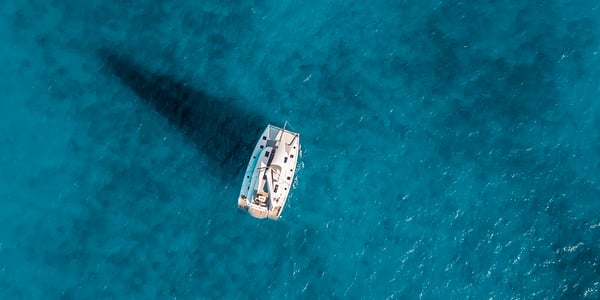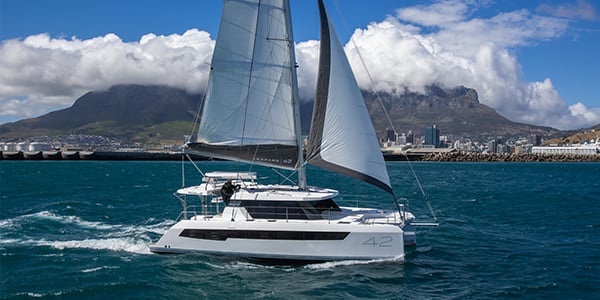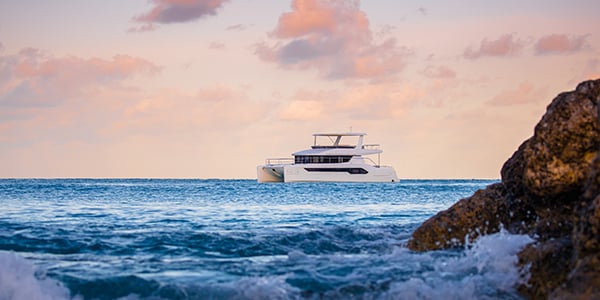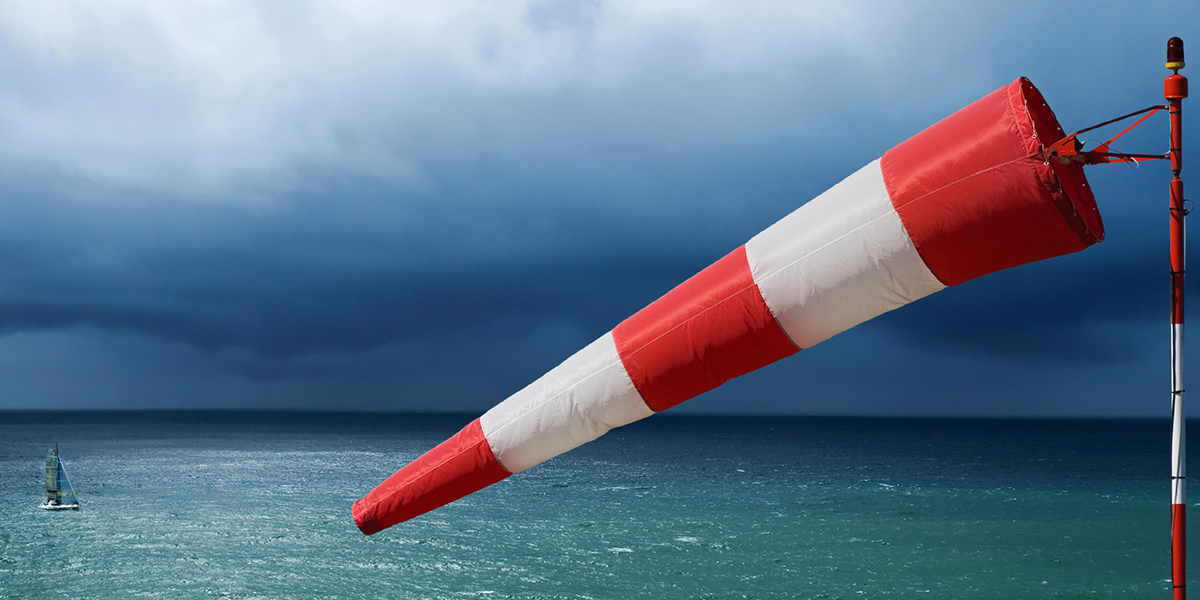Everybody talks about the weather, but nobody does anything about it.
-- Mark Twain
Cruisers talk about the weather more than your average person. And while it’s true they can’t do anything about the weather, every skipper and crew member can - and must - be prepared for whatever it might bring.
There’s just no better example of another old saying, “knowledge is power.” In this case, we’re talking about the power to ensure a safe and relaxing outing, as opposed to a white knuckle challenge.
Here are some best practices for making sure you get the right information and maximize its power, whether you're out for a day sail or transiting a stretch of the deep blue.

Asses the competency of your crew
The first step in evaluating the weather situation for a jaunt or passage on the water has nothing to do with barometric pressure and swells. Instead, you need to assess the nature of your trip and the state of your equipment, crew and passengers. Are you taking your elderly parents or grandkids on their first day-sail? Or have you assembled an experienced crew to make a multi-day run to the islands? Do you live (and maybe work) aboard your Leopard?
Obviously, the acceptable weather parameters will be different for each of these situations. Conditions that might be exhilarating for one type of outing might be uncomfortable or downright terrifying in another.

Be reasonable
It’s important to be objective as you study the weather forecasts for your outing. Sailors being human, we sometimes allow our desires to distort reality.
“People are optimists,” says Chris Parker of the Marine Weather Center, a marine forecasting and routing service. “They just expect the weather to be good and get caught off guard when it's not. Be careful not to let your expectations color your read of the forecast. I know a guy who was once so determined to sail that he interpreted a forecast that included gale force winds as ‘fair.’’
Among the forecasted conditions that will often keep you in port — no matter how much you want to set sail — are thunderstorms, gales, tropical storms, and hurricane warnings.

Stay up to date
Once you’re underway, it is vitally important to keep an eye on all aspects of the weather, both the various forecasts and your surroundings.
“The more often you check the forecast, the better,” says Parker. “Check the long-range forecast once a day, the closer-in forecasts twice a day, and the hourly forecasts every couple of hours.”
To ensure a good night’s sleep, Parker recommends a nightcap of checking the weather conditions out to 200 miles from your Leopard’s anchorage.
Beyond checking the forecasts, boaters need to keep their head on the swivel - watching the sky, noting shifts in the temperature and wind direction, and monitoring the barometric pressure. A rising barometer signals that settled weather is coming, typically with high confidence in forecast details, while a falling barometer indicates that unsettled weather is in the offing, with lower confidence in forecast details. When scanning the sky, check out the cloud formations. Because they are the result of various atmospheric conditions, those pretty puffs of moisture can provide insight on what’s looming weatherwise. Pay extra attention to what’s going in the west as bad weather usually hits from that direction.

Keep a record
It’s not a bad idea to log your weather observations, so you can better see patterns that might prove useful in predicting what might be headed your way, including how the barometric pressure is trending.
When making a trans-ocean cruise, or otherwise exploring unfamiliar blue water, even the most experienced cruiser might want to consider using a weather routing service. Such firms provide vessel-specific forecasts and can even suggest course changes to avoid rough waters and weather. Depending on your distance from shore, the weather router’s forecast might be delivered via cellular, satellite connection, or single side band (SSB) radio.
Whatever your latest forecast contains, never forget how blessed you are. As the motivational author Louise Hay wrote, “There is no such thing as good weather or bad weather. There’s just weather and your attitude towards it.”


